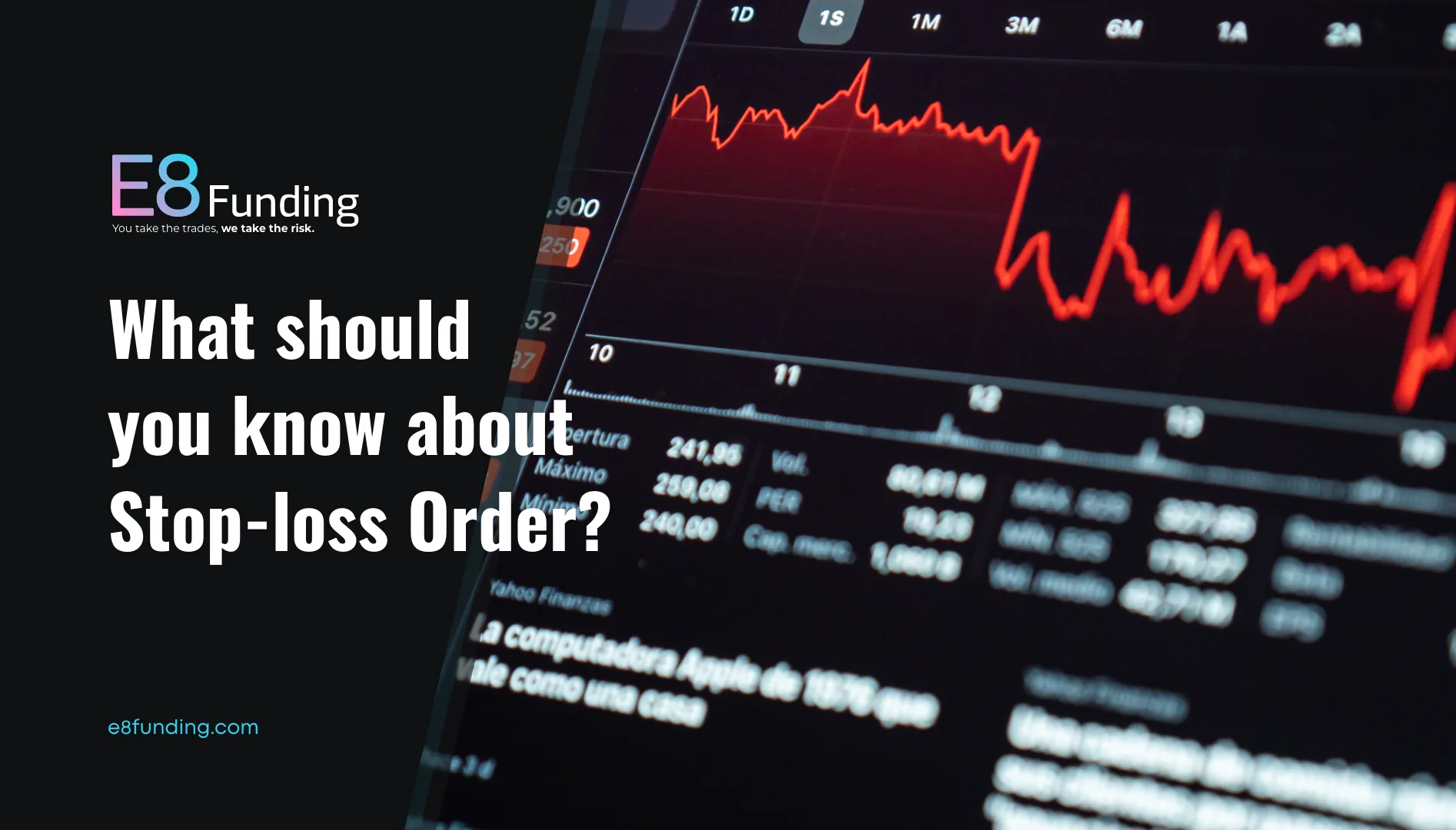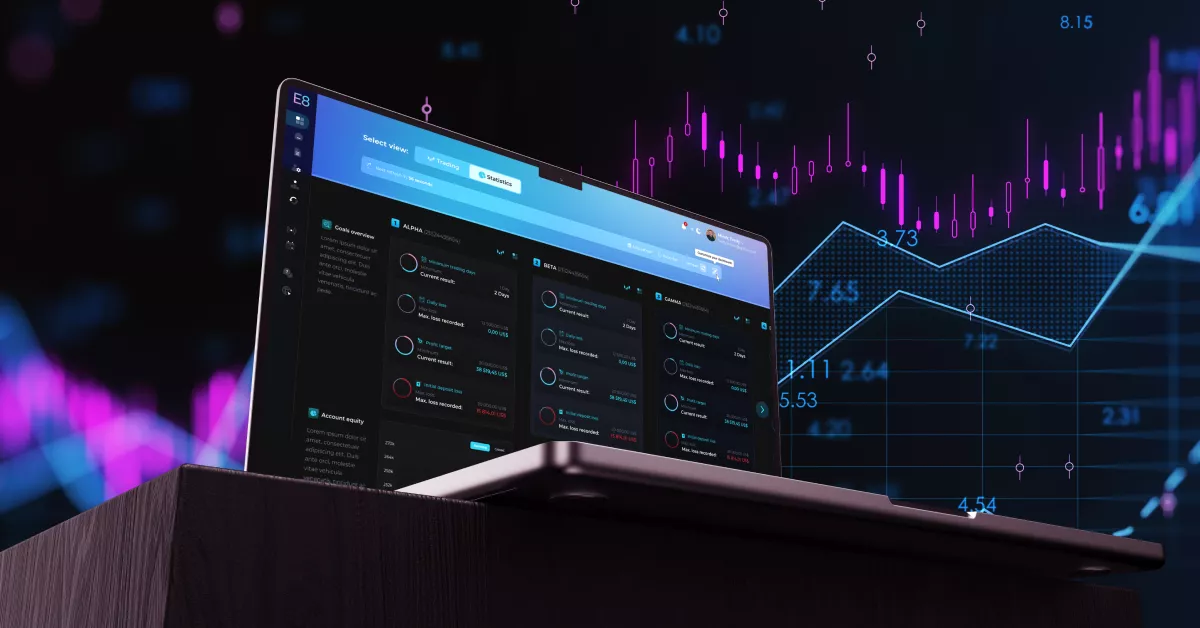What is a Spread in Forex Trading and How Does it Affect Profits?
In forex trading, currencies are traded in pairs, meaning you exchange one currency for another at an agreed-upon rate. Similar to how you pay a commission when trading stocks, each forex trade involves a “spread,” a kind of fee that trims down your profits. Let’s take a closer look at how spread is calculated and how it impacts profitability so you can implement this into your trading strategy.
What is Spread?
When forex currency pairs are traded, most providers don’t charge a direct commission, instead, you pay what is called a “spread”. Essentially the spread is the cost of trading that pair and is the difference between the bid and ask price of each currency.
The bid price is what buyers are willing to pay for a currency, while the ask price is what sellers are currently asking for it. The gap between the two is where providers make their money on the trade. You will pay a spread on every forex currency trade that you make, so you must understand how it’s calculated and how much it is costing you.
While the spread is a significant cost in forex trading, traders should also consider other fees such as commissions or overnight cots (swap rates). Comparing these costs alongside the spread can provide traders with a comprehensive understanding of the total expenses involved in their trades, enabling them to calculate profits and losses more efficiently.
Types of Spreads:
There are two main types of spreads: fixed and variable. Fixed spreads remain constant regardless of market conditions, providing traders with predictability in trading costs. On the other hand, variable spreads fluctuate based on market conditions, potentially offering tighter spreads during times of low liquidity but widening during volatile periods. Traders must consider their trading style and preferences when selecting between fixed and variable spreads. For instance, scalpers who execute multiple trades within a short timeframe may be more sensitive to spreads and may prefer tight spreads and fast execution. In contrast, swing traders holding positions for longer durations may prioritize other factors such as reliability and customer support over spread costs.
How is Spread Measured?
To understand how spread is measured you first need to understand how currencies are quoted in the marketplace.
Currencies are quoted in pairs. For example, EUR/USD is the Euro against the US dollar with the Euro being the base currency. If the pair is trading at 1.1200 this means that it costs 1.12 US dollars to buy 1 Euro.
Forex providers will quote a bid and an ask price for a trade. The bid price is what the provider will pay for the currency, and the ask price is what the provider is willing to sell the base currency for in exchange for the counter currency and this is where the spread comes in.
In forex trading, a ‘percentage in point’, or pip is used to measure the spread. A pip is the smallest price change that a currency pair can make, which is typically the fourth decimal point in most pairs. Let’s use EUR/USD as an example. If it moves from 1.1200 to 1.1201, that 0.0001 USD rise is an increase of one pip. However, not all currencies are of equal value, in pairs with the Japanese Yen, a pip is the second decimal place, because of the Yen’s lower value.
Spread Costs and Calculations
To work out the spread, you need to subtract the bid price from the ask price. For example, if the bid price of the EUR/USD pair is 1.1050 and the ask price is 1.1052, this means that the spread is 2 pips.
To calculate the spread cost, multiply the spread in pips by the pip value and the number of lots traded.
Spread Cost = Spread in Pips x Pip Value x Number of Lots Traded
For instance, if you trade 1 lot of EUR/USD, which is 100,000 units, and the spread is 2 pips, with each pip valued at $10, your spread cost is $20.
Spread Cost = 2 x 10 x 1
Spread Cost = $20
The spread comes into play with every trade that you enter. For a trade to become profitable, the price movement needs to exceed the spread cost. This is why the lower the spread, the quicker your trade will turn a profit.
How to Calculate the Pip Value
Suppose you are trading a standard lot (100,000 units) of the EUR/USD currency pair. For most pairs, the pip increment is represented by the fourth decimal place, which is $0.0001. Additionally, assume the current exchange rate for EUR/USD is 1.1200.
Pip Value = (Trade Size x Pip Increment) / Exchange Rate
Pip Value = (100,000 Units x 0.0001) / 1.1200
Pip Value = 10 / 1.1200
Pip Value ≈ $8.93
| Lot | Volume | Units |
| Standard | 1.00 | 100,000 |
| Mini | 0.10 | 10,000 |
| Micro | 0.01 | 1,000 |
In this scenario, the value of one pip for a standard lot of EUR/USD is approximately $8.93. This means that for every one-pip movement in the exchange rate, your profit or loss would be around $8.93.
To Sum Up
In conclusion, a solid understanding of spread in forex trading is crucial for any trader. It represents a fundamental cost influencing profitability. Beyond mere calculation, consideration of spread types, provider selection, and risk management strategies is vital for an effective trading approach.
*In the context of this article, when we refer to a “provider,” we are talking about any company or institution that grants access to liquidity in trading. This category includes brokers, banks, and other entities that serve as facilitators for participating in financial markets.
Article topics
Trade with E8 Markets
Start our evaluation and get opportunity to manage our capitalDisclaimer
The information provided on this website is for informational purposes only and should not be construed as investment advice. Always conduct your own research and consult with a qualified financial advisor before making any investment decisions. We do not endorse or promote any specific investments, and any decisions you make are at your own risk. This website and its content are not responsible for any financial losses or gains you may experience.
Please consult with a legal professional to ensure this disclaimer complies with any applicable laws and regulations in your jurisdiction.







